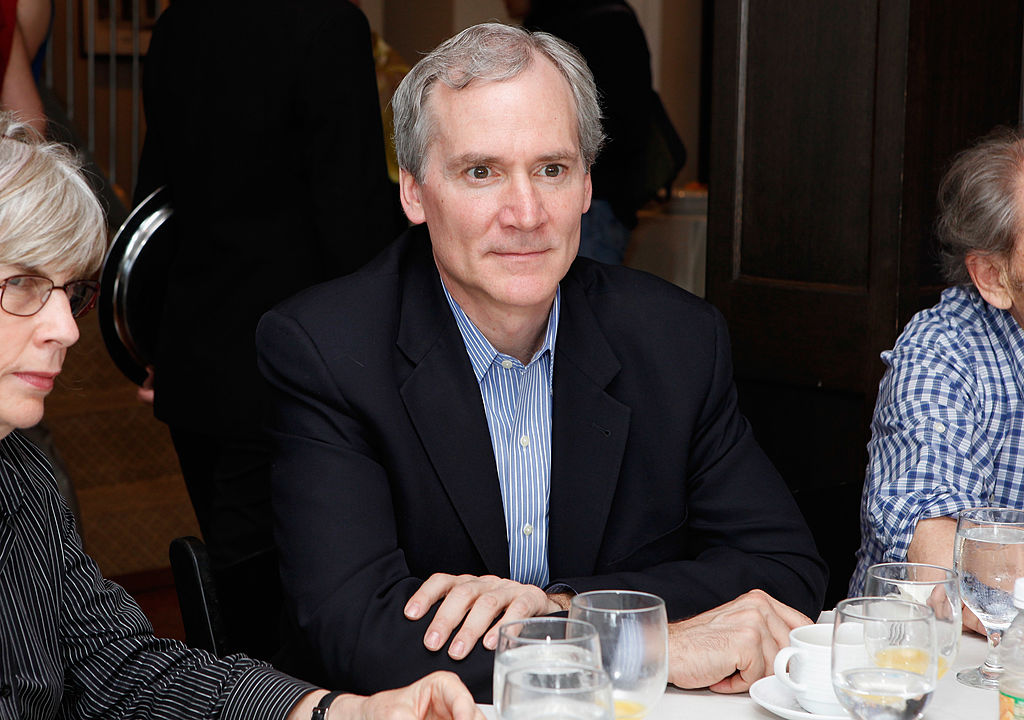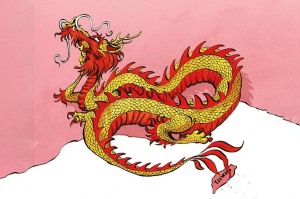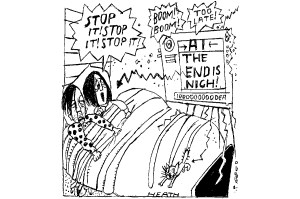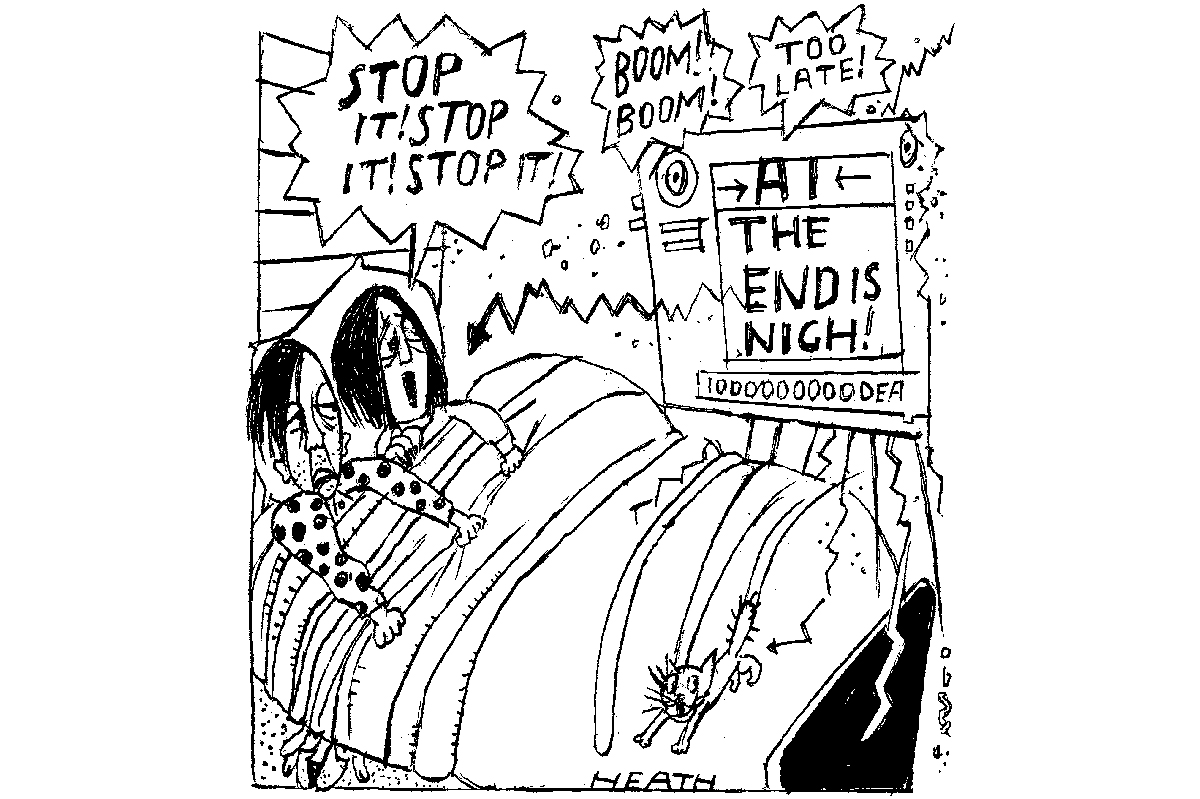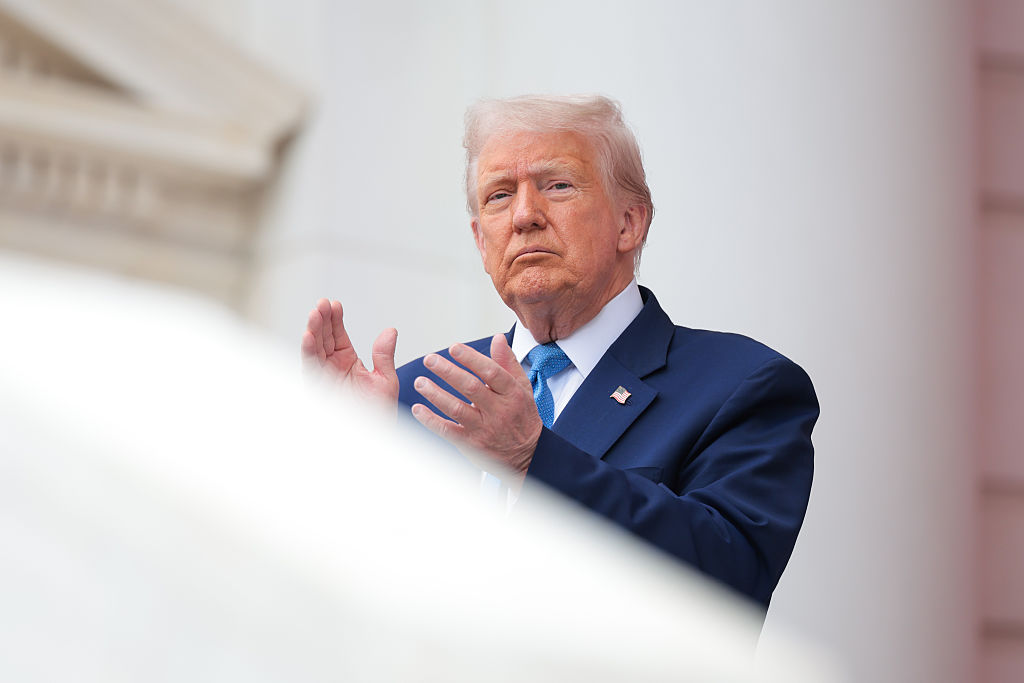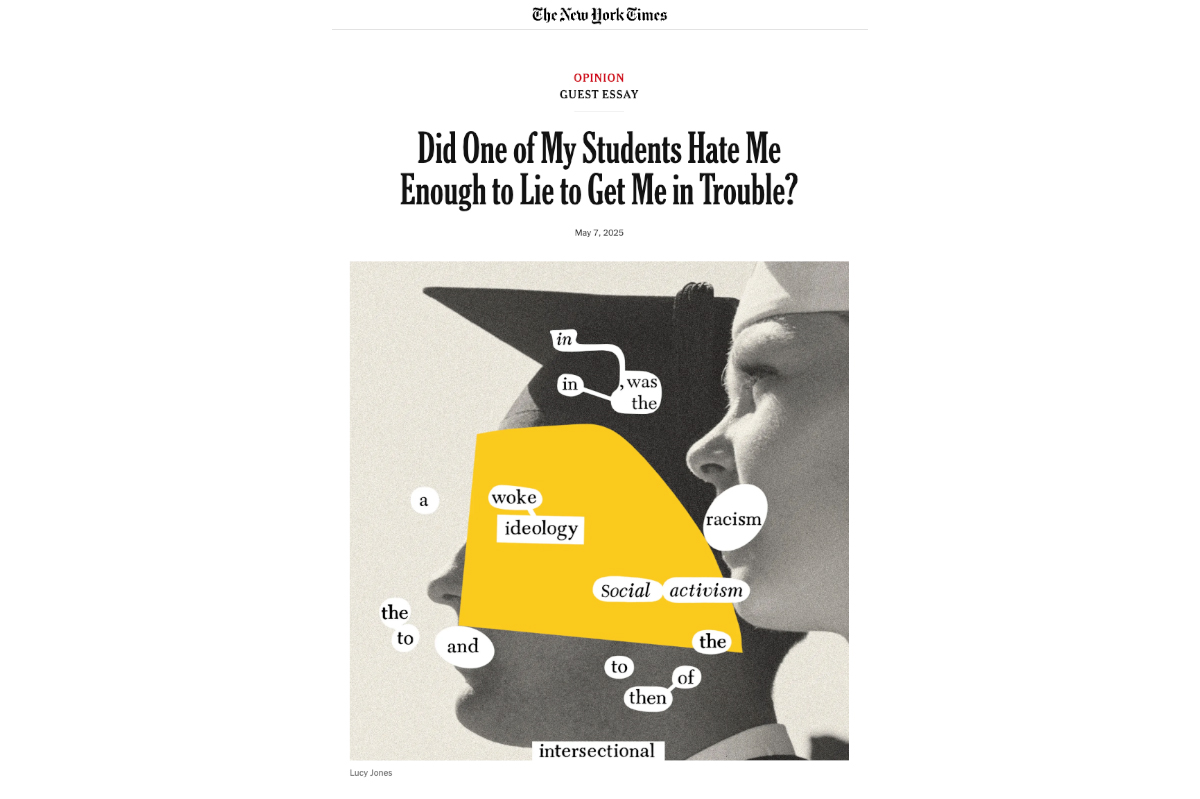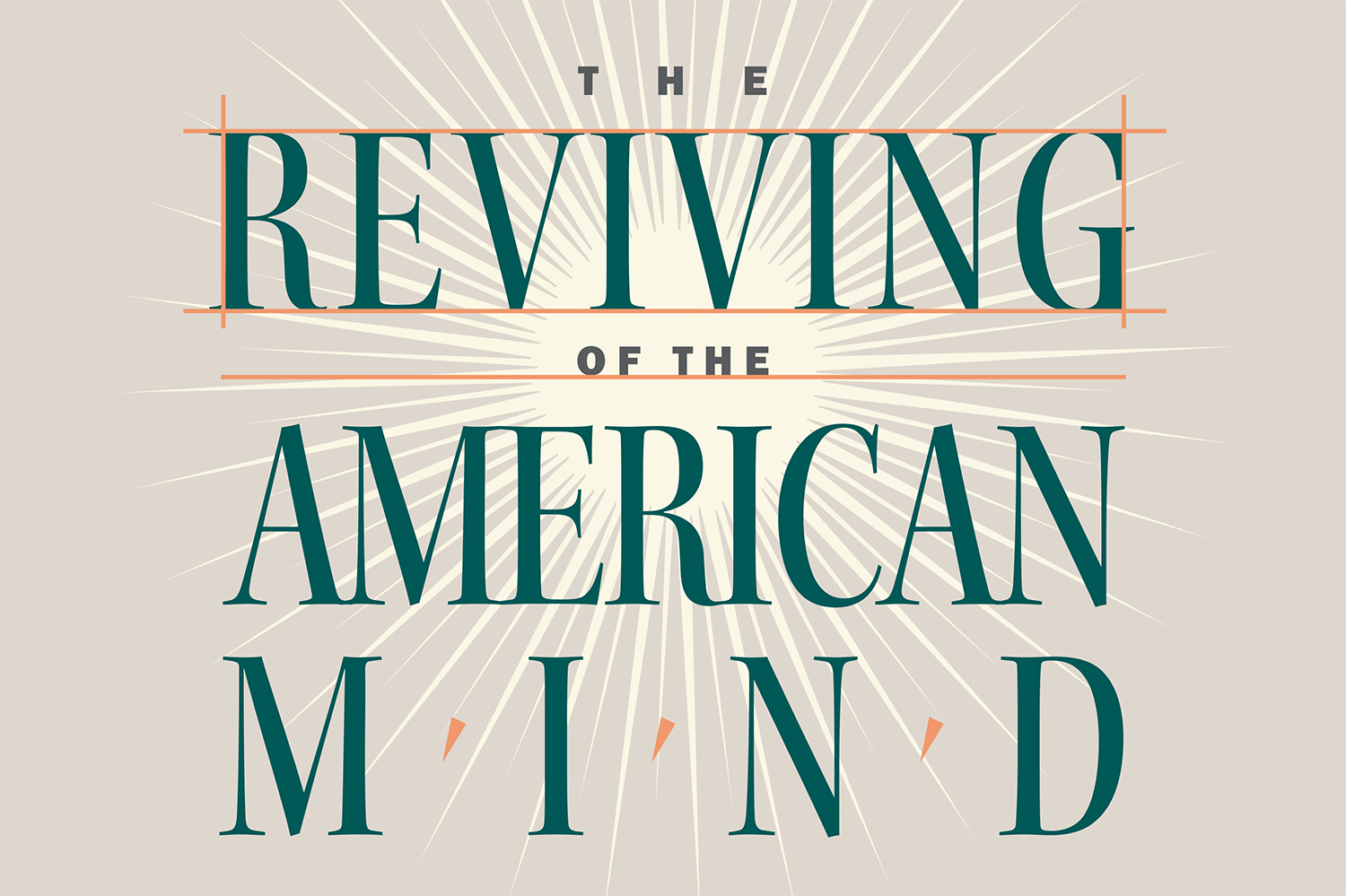The president of Stanford University, neuroscientist Marc Tessier-Lavigne, has resigned in the shadow of an investigation that revealed that some scientific papers he had overseen contained “manipulated data” or evidence of other kinds of scientific malpractice.
His resignation may well be warranted — but before he disappears into ignominy, it would be wise to consider the situation.
In the now dimly remembered past, a scientist devised experiments and, working alone or with the help of a loyal assistant or two, carried them out. Or he sat in a room, as Einstein did, and thought through deep problems, eventually penning an article in which he said forth a bold new hypothesis.
Gone are those days. Most science today is a joint enterprise. I have open in front of me the latest issue of Science, the journal of the American Association for the Advancement of Science. It is one of the two premier science journals in the world. The other is Nature. This issue has twelve research articles. None of them is by a lone author. One has two authors (“Experimental Evidence on the Productivity Effects of Generative Artificial Intelligence”). The rest are constellations of stars of varying magnitudes: articles with ten authors, nineteen, twenty, twenty-five and on up to thirty-one authors and more. It took thirty-eight authors to write “Recruited Macrophages Elicit Atrial Fibrillation.” That sounds important. Atrial fibrillation (a fluttering heart) leads to strokes and heart failure. Figuring out how that happens can save many lives.
The scientist who acted in lonely splendor can be held fully accountable for cheating. But how should we judge the team of twenty-five or thirty if we discover that one of their number fudged the data? The answer, of course, is, “it depends.” It depends on whether the team leaders scrupulously reviewed the notebooks, procedures and results. Were the findings too good to be true? Did the team employ sufficient safeguards and did it replicate key results? Or did the team leader trust and not verify?
Divided responsibility poses real problems in judging scientific claims. But much of modern science inevitably involves tasks distributed not among many people, but also many labs in many places. And when things go wrong (think Covid) a cover-up in one place casts shade in other places far away.
All of these are reasons why we should be cautious in cases such as the one that has entangled Stanford’s president. But Dr. Tessier-Lavigne has treated with what might be called the platinum standard of caution. The accusations, nicely labeled “concerns,” date back to 2015 and deal with three papers published in 1999 and 2001. In each instance, images that were crucial to the claims made in the papers “appeared” to have been manipulated with digital editing. That meant, in simple English, academic fraud. These were not matters of carelessness. It wasn’t as if someone mismeasured a titrate or mixed up two photographs. Digital manipulation of images to get the desired results takes careful planning aimed at deception.
No one says Dr. Tessier-Lavigne did the deceiving. But then no one can say for sure he didn’t, or didn’t know about it. The gentlest thing that can be said is that he was lax in overseeing the work for which he took primary credit. He was the first author on all these papers.
I said no one can say for sure that Dr. Tessier-Lavigne didn’t know about the deception, but actually the five-member committee that was appointed to review the allegations that dealt with a total of twelve suspect publications concluded, as the New York Times put it, “there was no evidence that Dr. Tessier-Lavigne had knowingly falsified data or withheld such information from the public.” That phrasing deserves some scrutiny of its own. “No evidence” means simply no one could prove otherwise. But that leaves a cloud of suspicion that Dr. Tessier-Lavigne cannot easily dispel. He now says, “I take responsibility for the work of my lab members,” but really taking responsibility would entail confessing that he had been involved in a great deal of murky science, some of which found its way into the journals Science and Nature.
Some would say his reputation was built on sand, and that he owed his presidency at one of America’s greatest universities to the illusion that he had a record of outstanding scientific achievement. The five-member expert panel that quasi-exonerated him spent a great deal of time and effort. It met, we are told, fifty times, and reviewed 50,000 documents. Much of that effort appears to been spent in finding elliptical reasons why various allegations should be sidelined. The panelists decided that some of Dr. Tessier-Lavigne’s appears weren’t sufficiently “rigorous,” the errors were “inadvertent” or that he misspent effort disproving things that were already falsified.
I don’t take this as a cover-up by the panel but as another instance of how forbearing panels like this tend to be. Back in 2010 Pennsylvania State University completed an investigation into charges that climatologist Professor Michael Mann had suppressed data, deleted emails and misused confidential information. Professor Mann was declared pure as the driven snow in the eyes of the Investigatory Committee, but perhaps not so much in the eyes of outsiders who paid attention. That’s how these things go.
Several months ago a protest erupted at Stanford Law School when students disrupted a talk by federal judge Kyle Duncan, and associate dean Tirien Steinbach intervened on the side of the protesters. Stanford was embarrassed. The dean of the law school, Jenney Martinez, apologized, as did President Tessier-Lavigne. But then nothing much happened. The matter was swept under the rug. It was plain then that Dr. Tessier-Lavigne was an empty suit and that Stanford was adept at stepping around the puddles in its path. The announcement of Dr. Tessier-Lavigne’s ouster, after an imposingly thorough investigation produced a mere wisp of results, says more about how higher education defends its reputation than about what really happened.



